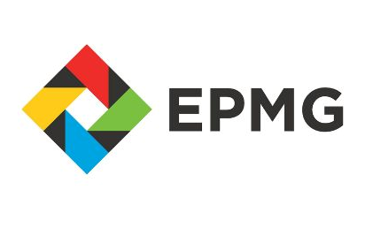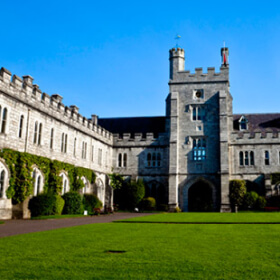Publications
Advancing cost-optimal residential decarbonisation pathways, an examination of heat pumps and thermal efficiency
In Ireland, residential energy policy has been influenced by thermal inefficiency, high electricity prices and energy poverty. These factors have driven the fabric-first approach, where buildings must undergo extensive thermal retrofitting to qualify for heat pump subsidies. The cost-effectiveness of this approach has not been properly scrutinised to date. This paper addresses this knowledge gap by exploring the cost-effectiveness of the fabric-first approach and other decarbonisation strategies for the residential sector and broader energy system. The study develops scenarios by modifying the Heat Loss Indicator (HLI) threshold, which evaluates the fabric and ventilation heat loss per unit of floor area and is used to determine heat pump subsidy eligibility. The paper also considers scenarios that permit installing sub-optimal performing heat pumps that do not achieve peak performance levels in dwellings with higher HLIs.
- Authors
Jason Mc Guire, Olexander, Stefan Petrovic, Paul Moran, Brian O'Gallachoir, Hannah Daly.
- Year
- 2024
- Journal Name
- Energy and Buildings
- Category
- Journal Article
- Keywords
- Decarbonisation, Residential Sector, Climate Neutrality, Energy Transition, Ireland
- Project
- Full Citation
Jason Mc Guire, Olexandr Balyk, Petrović, S.N., Moran, P., Gallachóir, B.Ó. and Daly, H. (2024). Advancing Cost-Optimal Residential Decarbonisation Pathways: An Examination of Heat Pumps and Thermal Efficiency. Energy and Buildings, pp.114383–114383. doi:https://doi.org/10.1016/j.enbuild.2024.114383.
- Link to Publication
- https://www.sciencedirect.com/science/article/pii/S0378778824004997
Abstract
The analysis uses the TIMES-Ireland Model (TIM), a model of the whole energy system that reflects the interdependence of mitigation pathways across different energy sectors. Our study shows that Ireland's fabric-first approach requires 22 times more thermal retrofits to meet climate targets than alternative pathways. The alternative pathways based on the latest heat pump performance data are more cost-effective, showing that higher heat pump HLI thresholds can reduce the average sectoral marginal CO2 emission price by 60% compared to the current fabric-first approach. The cost savings indicate that shifting to an HLI threshold of 2.3 W/K/m2 is close to optimal, while cost savings are minimal when moving from an HLI of 2.3 to 3 W/K/m2. Furthermore, electricity prices and household awareness are essential to the cost-optimal transition to residential heat pumps.


